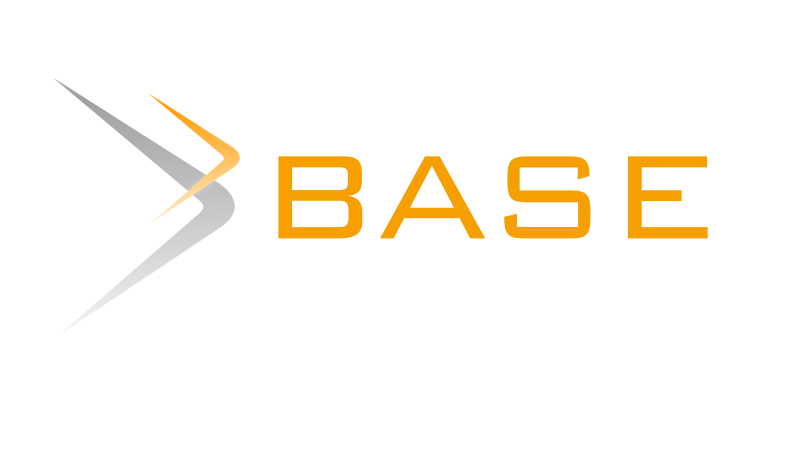International Journal of Contemporary Research In Multidisciplinary, 2024;3(1):102-105
Regional Integration and Collaboration in Asia-Indo-Pacific, Europe and the World
Author Name: Chetna Rana, Vishav Pratap Singh
Paper Type: review paper
Article Information
Abstract:
This paper evaluates the independence and regional integration of the region, as well as the weight of Asia-Pacific and Europe in the world economy. In this paper, we see that the Economic and Social Commission for Asia and the Pacific can play an important role in helping the region seize these opportunities by using its inter-governmental mechanisms, operations, and diverse skills in support of RECI. ESCAP is currently working to strengthen the content of regional economic plans through its existing programs and joint committees in the areas of transportation, information and communications technology, energy, financial development, business replicas, and disaster reduction. It also collaborates with regional cooperation organizations such as SAARC, PIF, and ECO to provide operational cooperation for the "One Belt, One Road" initiative. At the recently concluded (2019) ASEAN Senior Officials Meeting (SOM) held in Bangkok, Thailand, the Ten State Association (ASEAN) received the “ASEAN Seal” after more than a year of negotiations. It is also an initiative to enhance maritime cooperation and create an environment conducive to regional peace, stability, and prosperity while solving different problems and improving business relations. These are just a few of the important parts of the process. In this article, we also examine how Asia views Europe. Annual trade between Asia and Europe reaches US $1.5 trillion, making them the two largest economies in the world and exceeding the trade volume of all countries and the United States.
Keywords:
Asia-Indo-Pacific, Regional Cooperation, Optimal Currency Area, Islamic Development Bank, Europe
Introduction:
December 2013, at the first regional Economic Ministers Conference on Cooperation and Integration (RECI). Politicians, legislators and partner organizations of the Economic and Social Commission for Asia and the Pacific adopted the Bangkok Declaration on Regional Cooperation. This announcement outlines the RECI process, which consists of four parts: (1) strengthening regional connectivity; (2) moving towards a more integrated economic system; (3) strengthen financial cooperation; (4) strengthen cooperation between enterprises to solve common problems and risks. In this sense, RECI has demonstrated that there are many strategies and processes that promote success through joint ventures, help collaborate with national policies and the planning process, and assist development through the exchange of knowledge, technology and resource development and strengthening national institutions. Besides the implementation of the 2030 Agenda for Sustainable Development, the main goal of the United Nations Regional Committee is to promote RECI Asia and the Pacific to the world. The report shows that the average level of economic integration in the Asia Pacific region is low, but there are large differences between sub regions, with East Asia and Southeast Asia having a common maximum. The report presents the ESCAP secretary's views on how Regional Economic Cooperation and Cooperation (RECI) in the region can be improved. This difference reflects common points such as common borders, historical and social history, common language, culture and geography. RECI's main goal is to provide such opportunities to all countries in the Asia Pacific region. Under these conditions, appropriate national trade and commerce policies, cross border trade and international benefits can provide good opportunities for countries in the region. The 2008 global financial and economic crisis, which most affected North America and the European Union (EU), became the main force in the region's pursuit of RECI. The crisis caused a sustained economic slowdown in the region's major businesses. As a result, the land market has been in decline since the early 2000s. Between 2001 and 2005, the combined GDP of North America and the EU was more than twice that of ESCAP member countries, but between 2011 and 2015, the difference was only a third of that of North America and the EU. Association of Southeast Asian Nations through various means Initiatives and regional organizations in the region, including (ASEAN), Pacific Islands Forum (PIF), and South Asian Association for Regional Cooperation (SAARC), Eurasian Economic Union (EAEU) and Pacific. The Islands Forum, regional economic cooperation and integration (PIF) was implemented in the region. The China-led Belt and Road Initiative, which aims to promote transport links through land and sea links and expand energy connections through water and gas pipelines and regional projects, forms a particularly important part of RECI's new initiative. That's why RECI attaches importance to its ''Seamless connection". He emphasized the importance of transportation, electricity and information and communication technology (ICT) in the region. For example, if there is a shortage of roads and seaports, operating costs will increase.
How to Cite this Article:
Chetna Rana, and Vishav Pratap Singh. Regional Integration and Collaboration in Asia-Indo-Pacific, Europe and the World. International Journal of Contemporary Research in Multidisciplinary. 2024: 3(1):102-105
Download PDF


